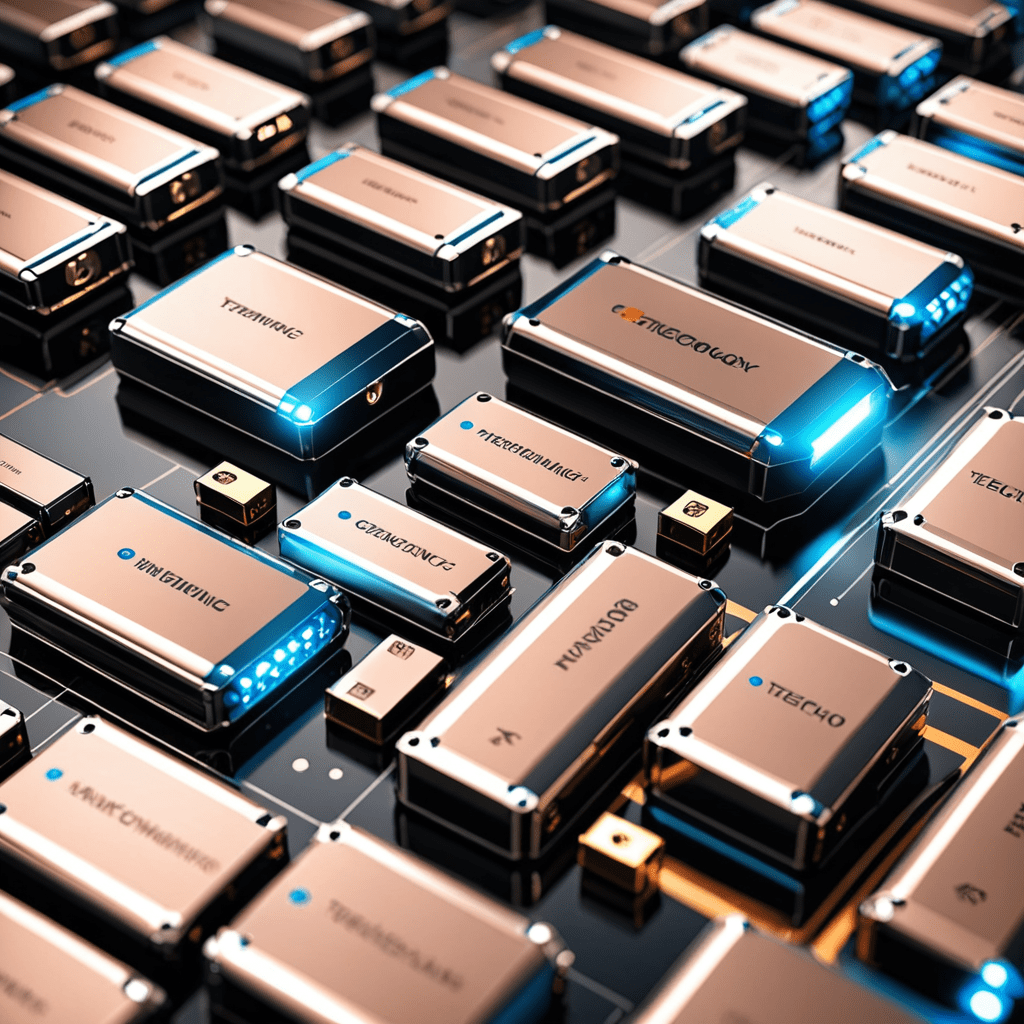
Nanotechnology in Biomedical Devices: Advancements in Healthcare Technology
Nanotechnology, the manipulation of extremely small particles on a molecular and atomic scale, has revolutionized healthcare technology. In the realm of biomedical devices, nanotechnology offers immense potential for advancing treatments, diagnostics, and overall patient care.
The Impact of Nanotechnology in Biomedical Devices
Nanotechnology has enabled the development of biomedical devices that are more precise, efficient, and targeted than ever before. By utilizing nano-sized materials and structures, these devices can interact with biological systems at the cellular and molecular levels, leading to groundbreaking applications in medicine.
Enhanced Diagnostics and Imaging
One of the key areas where nanotechnology has made significant strides is in diagnostics and imaging. Nanoparticles can be designed to detect specific biomarkers or pathogens in the body, offering rapid and accurate diagnostic capabilities. Furthermore, nanomaterials used in imaging techniques such as MRI and CT scans can enhance resolution and contrast for improved visualization of tissues and organs.
Precision Drug Delivery Systems
Nanoparticles are being leveraged to create targeted drug delivery systems that can precisely deliver medications to specific areas of the body. This approach reduces side effects, enhances efficacy, and allows for personalized treatment strategies. Nanotechnology enables the encapsulation of drugs within nano-carriers, ensuring controlled release and optimal therapeutic outcomes.
Implantable Nanodevices
Implantable nanodevices are revolutionizing the field of healthcare by providing continuous monitoring, treatment, and feedback within the body. These tiny devices can monitor vital signs, deliver therapies, and even stimulate tissues for regenerative purposes. Their miniature size and biocompatibility make them ideal for integration into the human body with minimal invasiveness.
Challenges and Future Directions
Despite the promising advancements, challenges such as biocompatibility, regulatory hurdles, and long-term safety concerns remain significant in the integration of nanotechnology into biomedical devices. Researchers and regulatory bodies are working collaboratively to address these challenges and pave the way for the widespread adoption of nanotechnology in healthcare.
Conclusion
Overall, nanotechnology in biomedical devices holds immense potential for transforming healthcare technology and improving patient outcomes. With continued research, innovation, and collaboration across scientific disciplines, the future of nanotechnology in healthcare looks promising, offering hope for more effective treatments, precise diagnostics, and enhanced quality of life for patients.
FAQs about Nanotechnology in Biomedical Devices
What is nanotechnology in biomedical devices?
Nanotechnology in biomedical devices refers to the application of nanoscale materials and technologies in the development of devices used in healthcare. These devices are designed to diagnose, monitor, and treat various medical conditions with precision and efficiency.
How does nanotechnology benefit healthcare technology?
Nanotechnology offers several advantages in healthcare technology by enabling the creation of smaller, more sensitive devices for early disease detection, targeted drug delivery, and personalized treatment options. These advancements lead to improved patient outcomes and enhanced medical interventions.
What are some examples of nanotechnology in biomedical devices?
Examples of nanotechnology in biomedical devices include nanosensors for detecting biomarkers, nanoparticles for drug delivery, nanorobots for precise surgical procedures, and nanostructured materials for tissue engineering applications. These devices play a crucial role in modern healthcare practices.


